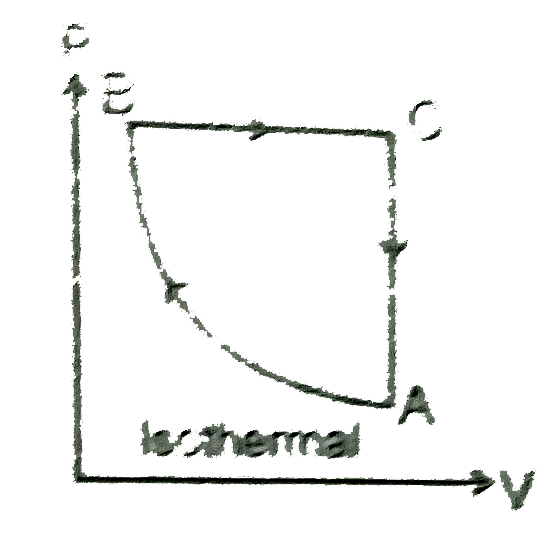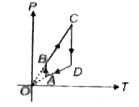For a spontaneous process the correct statement is -
entropy of the system always increases
free energy of the system always increases
total entropy change is always negative
total entropy change is always positive.
The correct Answer is:d
To determine the correct statement regarding spontaneous processes, we need to analyze the conditions that define spontaneity in thermodynamics.
1. Understanding Spontaneous Processes:
- A spontaneous process is one that occurs without needing to be driven by an external force.
2. Gibbs Free Energy (ΔG):
- The Gibbs free energy change (ΔG) is a key factor in determining spontaneity. The relationship is given by the equation:
ΔG=ΔH−TΔS
- For a process to be spontaneous at constant temperature and pressure, ΔG must be negative:
ΔG<0
3. Entropy Change (ΔS):
- The second law of thermodynamics states that the total entropy change (ΔS_total) of the universe (system + surroundings) must be greater than zero for a spontaneous process:
ΔStotal=ΔSsystem+ΔSsurroundings>0
4. Analyzing the Statements:
- Statement 1: "The entropy of the system always increases."
- This is incorrect because the entropy of the system can decrease while the surroundings' entropy increases, leading to a positive total entropy change.
- Statement 2: "The free energy change of the system always increases."
- This is also incorrect as ΔG must be negative for spontaneity.
- Statement 3: "The total entropy change is always negative."
- This is incorrect because, for spontaneity, the total entropy change must be positive.
- Statement 4: "The total entropy change is greater than zero."
- This is correct as it aligns with the second law of thermodynamics.
5. Conclusion:
- The correct statement regarding spontaneous processes is:
The total entropy change is greater than zero.
Final Answer:
The correct statement is: The total entropy change is greater than zero.
---
- A spontaneous process is one that occurs without needing to be driven by an external force.
- The Gibbs free energy change (ΔG) is a key factor in determining spontaneity. The relationship is given by the equation:
ΔG=ΔH−TΔS
- For a process to be spontaneous at constant temperature and pressure, ΔG must be negative:
ΔG<0
- The second law of thermodynamics states that the total entropy change (ΔS_total) of the universe (system + surroundings) must be greater than zero for a spontaneous process:
ΔStotal=ΔSsystem+ΔSsurroundings>0
- Statement 1: "The entropy of the system always increases."
- This is incorrect because the entropy of the system can decrease while the surroundings' entropy increases, leading to a positive total entropy change.
- Statement 2: "The free energy change of the system always increases."
- This is also incorrect as ΔG must be negative for spontaneity.
- Statement 3: "The total entropy change is always negative."
- This is incorrect because, for spontaneity, the total entropy change must be positive.
- Statement 4: "The total entropy change is greater than zero."
- This is correct as it aligns with the second law of thermodynamics.
- The correct statement regarding spontaneous processes is:
The total entropy change is greater than zero.
The correct statement is: The total entropy change is greater than zero.
Similar Questions
In a spontaneous process the system undergoes
View SolutionFor a spontaneous process, which of the following is always true?
View SolutionWhenever a spontaneous process takes place, it is accompanied by an increase in the total ...... of the ......
View SolutionIn which direction does a spontaneous process proceed ?
View SolutionA cyclic process of an ideal monoatomic gas is shown in figure. The correct statement is (are):

View SolutionA cyclic process on an ideal monatomic gas is shown in figure . The correct statement is

View SolutionWhat are spontaneous processes ? Mention the conditions for a reaction to be spontaneous at constant temperature and pressure.
View SolutionA: A non- spontaneous process becomes spontaneous when coupled with a suitable spontaneous reaction.
R: The overall free energy of coupled spontaneous reaction is negative.
View SolutionA. P . T graph is shown for a cyclic process . Select correct statement regarding the

View SolutionWhat do you understand by a spontaneous process ? Give two examples
View Solution
